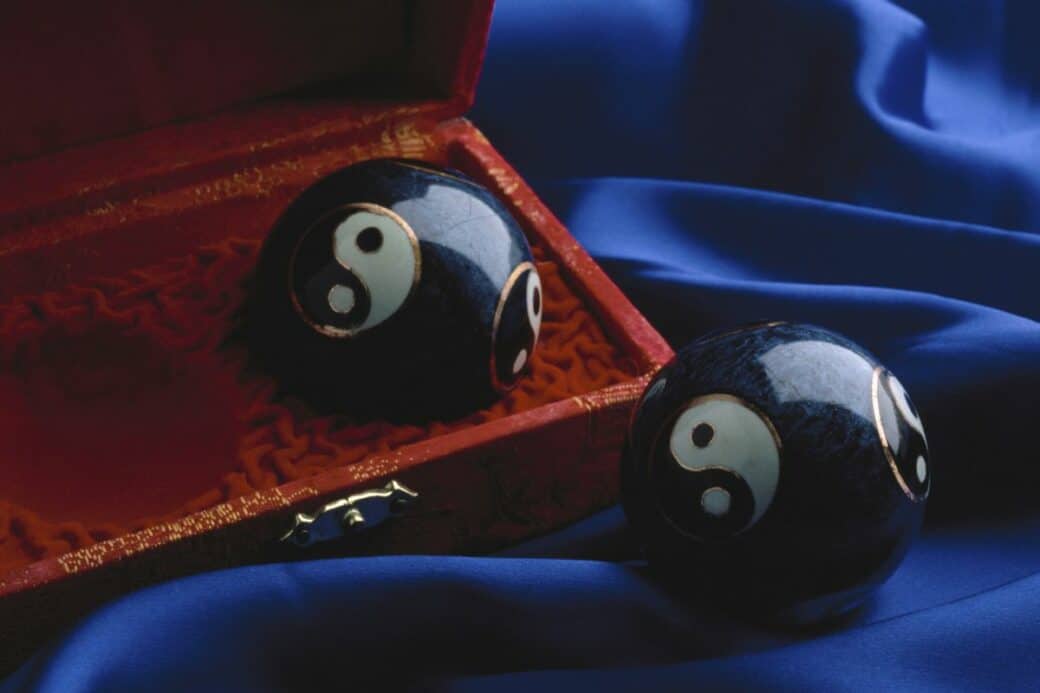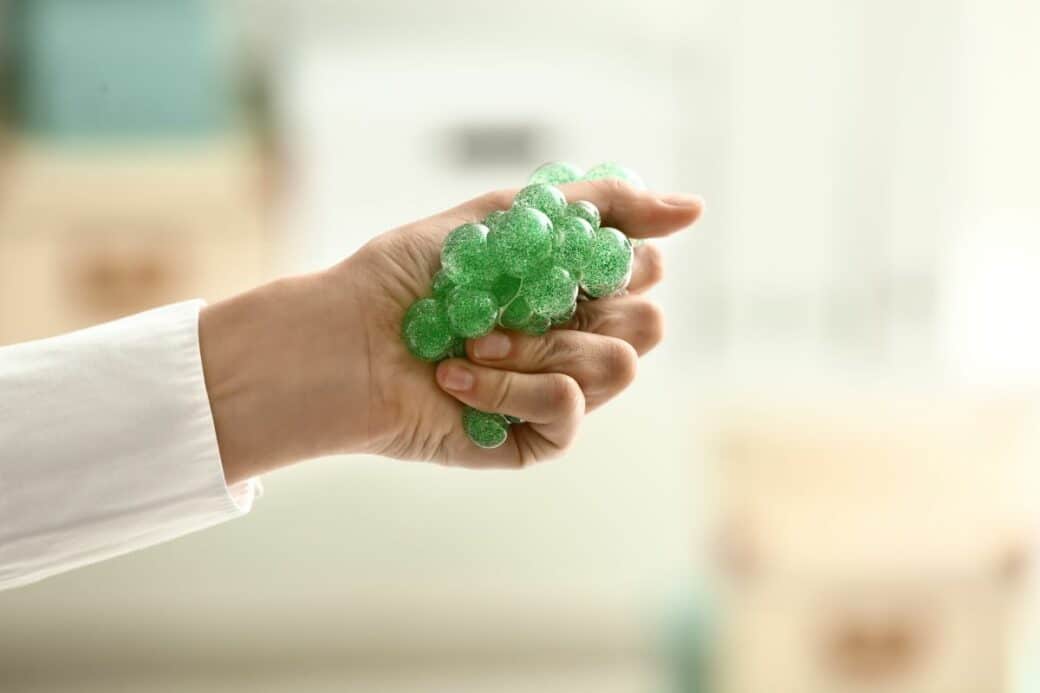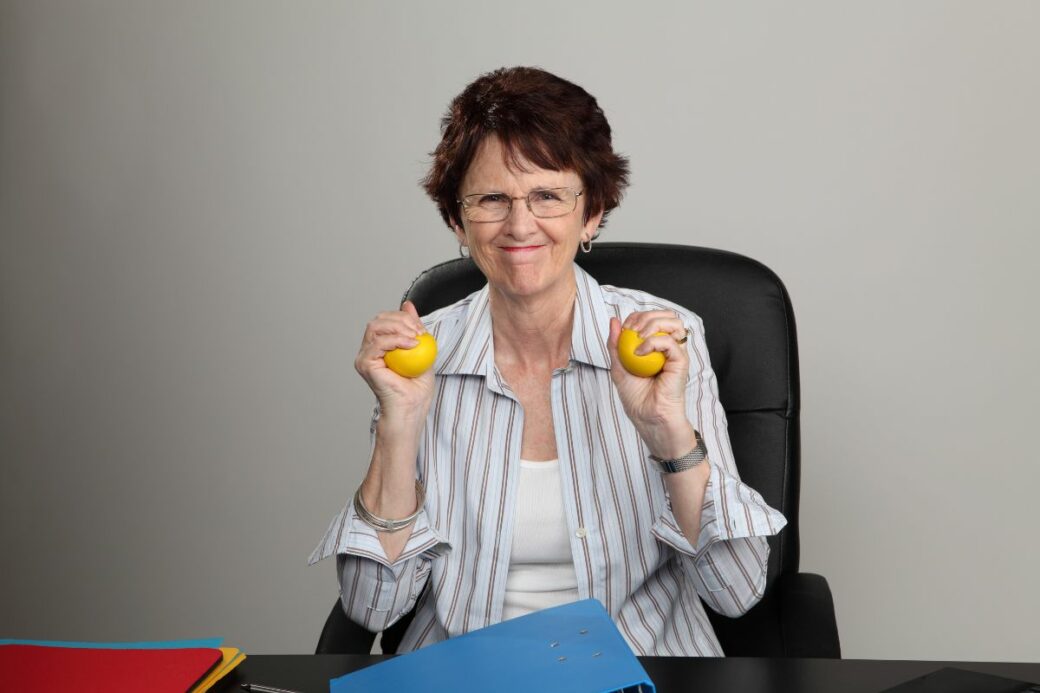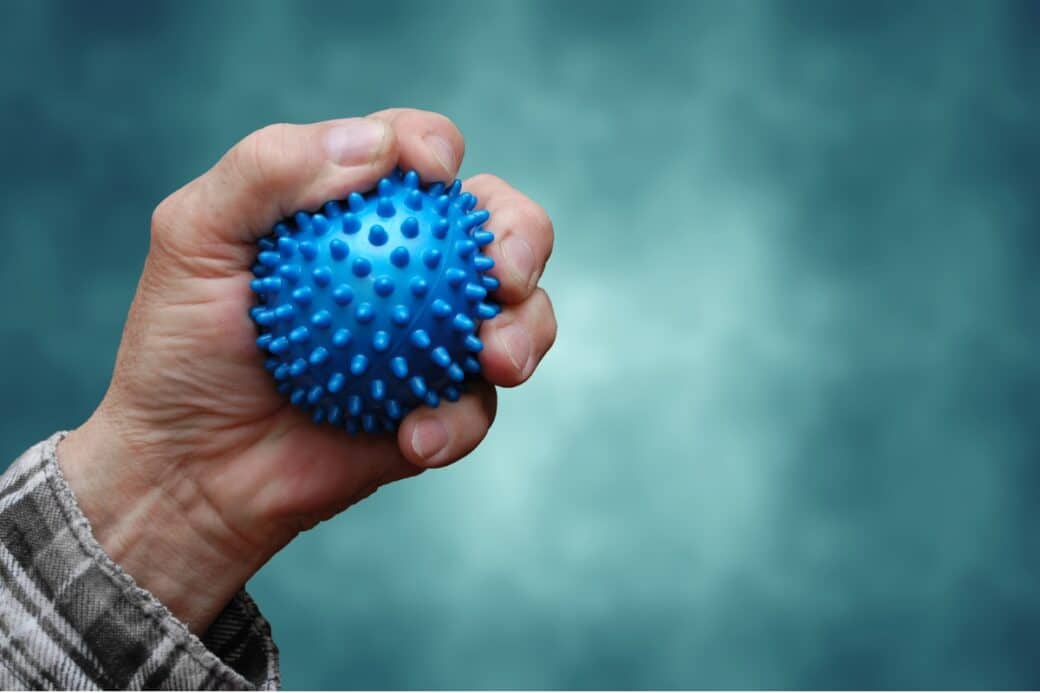If you’ve ever been captivated by the enchanting movements and rhythmic whispers of Baoding balls, you must have wondered about the intricate craftsmanship behind these mesmerizing creations. In this article, we take a fascinating journey into the world of Baoding ball production, unravelling the secrets that lie within each polished sphere. From the carefully selected materials to the skilled hands that shape them, we’ll explore the meticulous process that culminates in the creation of these timeless treasures. Get ready to delve into the fascinating world of Baoding ball craftsmanship, where precision meets artistry.

How Are Baoding Balls Made: History of Baoding Balls
Origins in Baoding, China
Baoding Balls, also known as Chinese exercise balls or meditation balls, have a rich history that dates back to ancient China. These small, handheld balls originated in the city of Baoding in the Hebei province of northern China. The exact origin of Baoding Balls is unclear, but they are believed to have been introduced during the Ming dynasty (1368-1644) or the Qing dynasty (1644-1912). They were initially created as a form of entertainment and stress relief for the imperial court, but their popularity spread to the general population over time.
Use in Chinese traditional medicine
Baoding Balls are not only used for entertainment but also have a long-standing association with Chinese traditional medicine. In traditional Chinese medicine, it is believed that energy flows through the body along meridians or pathways. By rotating and manipulating the Baoding Balls in the hand, it is thought to stimulate acupressure points and promote the flow of energy, helping to improve circulation, alleviate stress, and restore balance to the body.
Evolution of craftsmanship over years
The craftsmanship of Baoding Balls has evolved significantly over the years. In the past, the balls were made using traditional methods, while modern manufacturing techniques have been adopted in recent times. The evolution of craftsmanship has led to improvements in the quality, durability, and aesthetic appeal of Baoding Balls. Today, they are not only functional but also beautifully designed and often considered collectible art pieces.
Materials Used in the Making of Baoding Balls
Traditional materials
Traditionally, Baoding Balls were made using various materials such as stone, bronze, iron, or wood. Stone balls, particularly made from jade, were highly sought after due to their believed healing properties. Bronze and iron balls were also popular for their durability. Each material offered a different weight and texture, allowing individuals to choose the most suitable option for their needs.
Modern materials
With advancements in technology and availability of materials, modern Baoding Balls are made from a wider range of materials. Common modern materials include stainless steel, chrome-plated steel, and various metals coated with colorful enamel. These materials offer a smooth and polished surface, making them comfortable to hold and manipulate.
Importance of material used in impact on health benefits
The material used in Baoding Balls can have an impact on the health benefits they provide. While the traditional materials were believed to have energy-enhancing properties, modern materials focus more on comfort and durability. The smooth surface of stainless steel or chrome-plated steel balls allows for easy rotation and manipulation, promoting blood circulation and relieving stress. Additionally, the weight of the balls, whether made from traditional or modern materials, can help strengthen hand muscles and improve dexterity.
The Design Process of Baoding Balls
Initial drawings and molds
The design process of Baoding Balls begins with initial drawings and molds. Skilled artisans or designers create intricate designs and patterns, taking into account the desired aesthetic appeal and functional features of the balls. These designs serve as the blueprint for the production process.
Casting the shell
Once the initial drawings and molds have been created, the shell of the Baoding Balls is cast. Using the chosen material, the molten metal is poured into the mold, allowing it to take the desired shape. The casting process requires careful attention to detail to ensure that the shell is smooth and free from imperfections.
Adding the inner components
After the shell has been cast, the inner components are added. These components, which can include chimes or weights, are responsible for the soothing sound and therapeutic vibrations that Baoding Balls produce when rotated. The inner components are carefully placed within the shell, ensuring they are secure and properly balanced.
Creating the Outer Shell
Material preparation
In order to create the outer shell of Baoding Balls, materials such as stainless steel or chrome-plated steel are prepared. The materials are cut into the desired shape and size, ready to be shaped into the spherical form of the balls.
Shaping the material
The prepared material is then shaped into the characteristic spherical shape of Baoding Balls. Skilled craftsmen use various techniques, such as spinning or pressing, to mold the material into the desired form. The shaping process requires precision and attention to detail to ensure that the balls are perfectly round and smooth.
Finishing touches on the shell
Once the spherical shape is achieved, the craftsmen add finishing touches to the shell. This may involve polishing the surface to create a smooth and lustrous finish. Additionally, decorative elements, such as intricate patterns or designs, may be engraved or etched onto the shell, adding to the overall aesthetic appeal of the Baoding Balls.
Adding Inner Components
Purpose of inner components
The inner components of Baoding Balls serve multiple purposes. Firstly, they provide the balls with a pleasant and soothing sound when rotated, often described as a melodic chime or a gentle vibration. This adds to the overall relaxation and stress-relieving benefits of using Baoding Balls. Secondly, the inner components create a balanced weight distribution within the balls, allowing for smooth and effortless rotation.
Inserting chimes or weights
The specific inner components, such as chimes or weights, are carefully inserted into the hollow cavity of the Baoding Balls. Chimes are commonly used, producing a gentle sound when the balls are rotated. Alternatively, weights can be added to increase the resistance and provide additional toning and strengthening benefits during use.
Sealing the shell
Once the inner components are securely placed within the shell, the opening is carefully sealed. This ensures that the inner components remain intact and do not shift or move during use. Sealing the shell also protects the inner components from damage or dirt, ensuring the longevity and functionality of the Baoding Balls.
Ornamentation of Baoding Balls
Traditional design themes
Baoding Balls are often adorned with traditional design themes, reflecting the rich cultural history of China. These designs may include intricate patterns, symbols, or motifs that hold cultural, spiritual, or historical significance. Common themes include dragons, phoenixes, flowers, or landscapes, each representing different aspects of Chinese culture and beliefs.
Hand-painting the shell
To add an extra layer of artistry, Baoding Balls are often hand-painted. Skilled artists meticulously paint the shells with vibrant colors, bringing the intricate designs to life. This hand-painting process requires precision, patience, and talent, resulting in unique and visually stunning Baoding Balls.
Use of enameling
Another way to enhance the appearance of Baoding Balls is through the use of enameling. Enameling involves applying colored glass powder to the surface of the balls and then firing them at a high temperature. This creates a smooth, glossy, and vibrant finish that not only adds to the visual appeal but also provides a protective coating for the shells.
Quality Assurance
Durability tests
Before Baoding Balls are made available to the market, they undergo durability tests to ensure their quality and longevity. These tests involve subjecting the balls to various conditions, such as impact, pressure, and repeated use. The balls are examined for any signs of wear and tear or damage, ensuring that they can withstand regular use without compromising their functionality or appearance.
Finish and appearance inspection
In addition to durability tests, Baoding Balls also undergo strict inspection for their finish and overall appearance. Skilled craftsmen carefully examine the balls, looking for any imperfections, irregularities, or inconsistencies in the finish or design. This inspection ensures that the Baoding Balls meet the highest standards of craftsmanship and aesthetics.
Safety inspections
Since Baoding Balls are often used for therapeutic purposes, safety inspections are essential to ensure that they do not pose any harm or risk to the user. These inspections involve checking for any sharp edges, loose components, or potential hazards that may cause injury during use. Baoding Balls must pass rigorous safety tests to ensure that they are safe and suitable for their intended purpose.
Variations
Size differences
Baoding Balls come in various sizes, allowing individuals to choose the most appropriate size for their hand and intended use. Some people prefer smaller balls for increased finger dexterity, while others opt for larger balls to provide a greater challenge and resistance during exercise. The availability of different sizes ensures that everyone can find the perfect fit for their needs.
Different materials and their uses
Baoding Balls are made from a wide range of materials, each offering unique characteristics and benefits. Traditional materials such as stone, bronze, iron, or wood provide a sense of authenticity and traditional healing properties. Modern materials like stainless steel or chrome-plated steel offer durability, smoothness, and a contemporary aesthetic. The choice of material depends on personal preferences, desired weight, and functional requirements.
Unique designs and their meanings
Baoding Balls are not only functional but also carry symbolic meanings through their unique designs. For example, a design featuring dragons may represent power and strength, while a design depicting flowers may symbolize beauty and harmony. Each design holds its own significance and can be chosen based on personal preferences or cultural associations.
Care and Maintenance of Baoding Balls
Cleaning and storage
To ensure the longevity and cleanliness of Baoding Balls, regular cleaning and proper storage are essential. The balls can be cleaned using a soft cloth or mild soap, gently wiping off any dirt or sweat. It is important to avoid using abrasive cleaners or chemicals that may damage the surface or inner components. After cleaning, Baoding Balls should be stored in a dry and dust-free container, away from direct sunlight or extreme temperatures.
Repairs for dents or damage
In the event of dents or damage to Baoding Balls, repairs may be necessary to restore their functionality and appearance. Professional repair services can help fix minor dents, scratches, or loose components. It is important to seek expert assistance to ensure that the integrity of the balls is maintained and that any repairs are carried out effectively.
Lifetime and renewal
With proper care and maintenance, Baoding Balls can last a lifetime. However, over time, the inner components or finishes may wear out or deteriorate. In such cases, it is possible to renew or replace the inner components or shells, ensuring that the balls continue to provide their therapeutic benefits for years to come.
Baoding Balls in Modern Usage
Use in hand therapy
Baoding Balls have gained popularity in hand therapy for their ability to improve coordination, finger strength, and fine motor skills. Occupational therapists often incorporate Baoding Balls into their rehabilitation programs for individuals recovering from hand injuries or conditions such as arthritis. The gentle rotation and manipulation of the balls can help promote joint mobility and reduce pain and stiffness.
Stress relief
One of the primary uses of Baoding Balls is stress relief. The rhythmic rotation and movement of the balls in the hand can induce a state of calm and relaxation. As the balls are rotated, they stimulate acupressure points in the hand, promoting blood circulation and releasing tension. Many people find that using Baoding Balls helps alleviate stress, anxiety, and promotes a sense of overall well-being.
Martial arts training
Baoding Balls are also utilized in martial arts training. They are often incorporated into exercises that focus on hand-eye coordination, reflexes, and strength. Martial artists use Baoding Balls to improve their grip, hand speed, and overall control. The challenges and resistance provided by the balls enhance the effectiveness of martial arts training, making them a valuable tool for practitioners.
Collectible art pieces
In addition to their functional benefits, Baoding Balls have become highly sought-after collectible art pieces. With their intricate designs, vibrant colors, and exquisite craftsmanship, Baoding Balls have gained recognition as unique works of art. Many collectors appreciate the cultural significance and aesthetic beauty of Baoding Balls, showcasing them in displays or incorporating them into their home decor.
In conclusion, Baoding Balls have a fascinating history that traces back to ancient China. Their craftsmanship has evolved over the years, with a focus on both functionality and aesthetics. The materials, design process, and inner components all contribute to the quality and benefits of Baoding Balls. From traditional designs to modern variations, Baoding Balls offer a wide range of options to suit individual preferences. Proper care and maintenance ensure their longevity, and their utilization in hand therapy, stress relief, martial arts, and as collectible art pieces showcases their versatility in modern usage. Whether you are seeking relaxation, physical therapy, or a captivating piece of art, Baoding Balls are an ancient treasure with endless possibilities.





